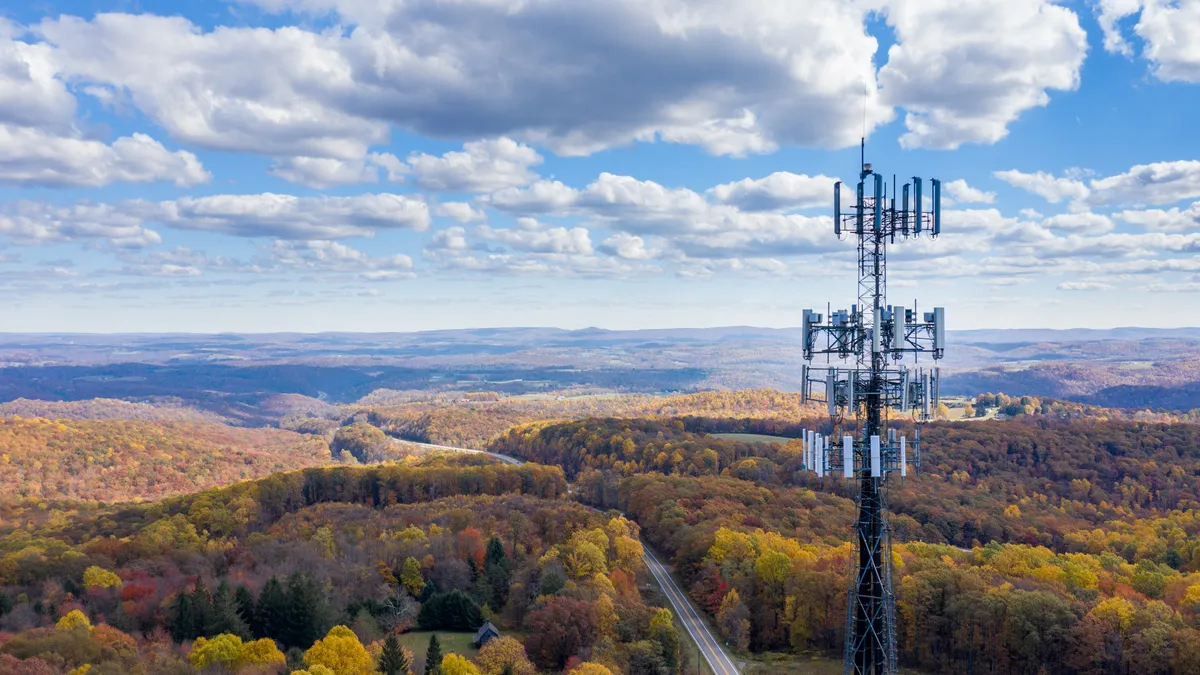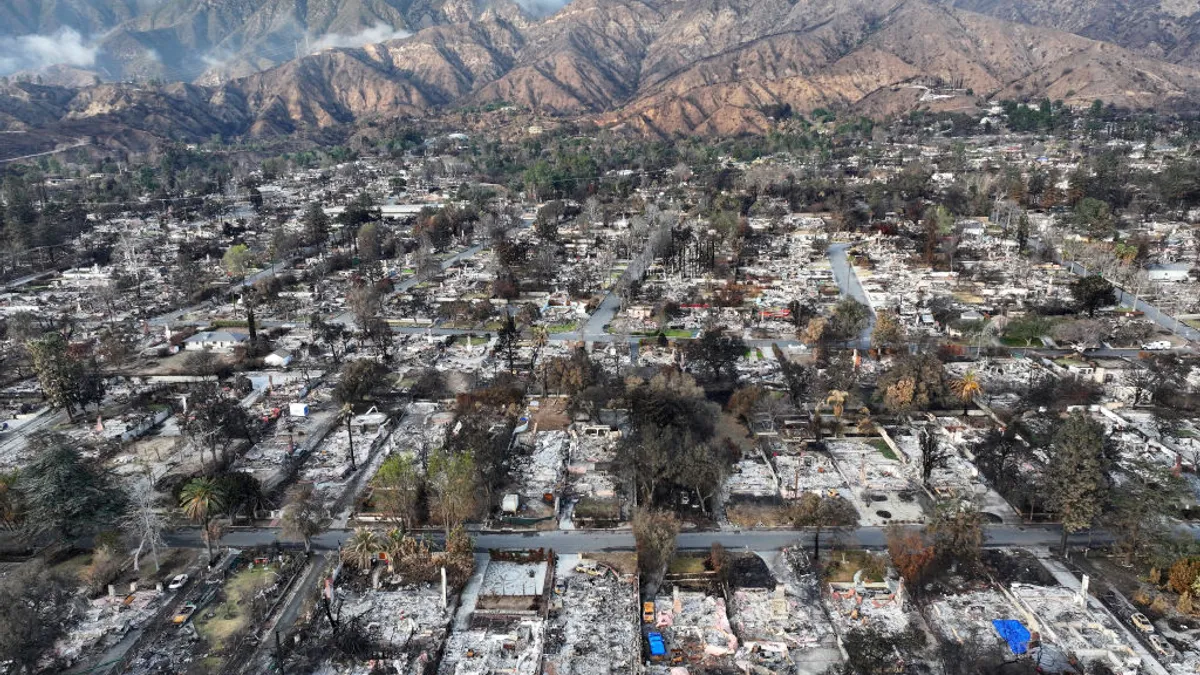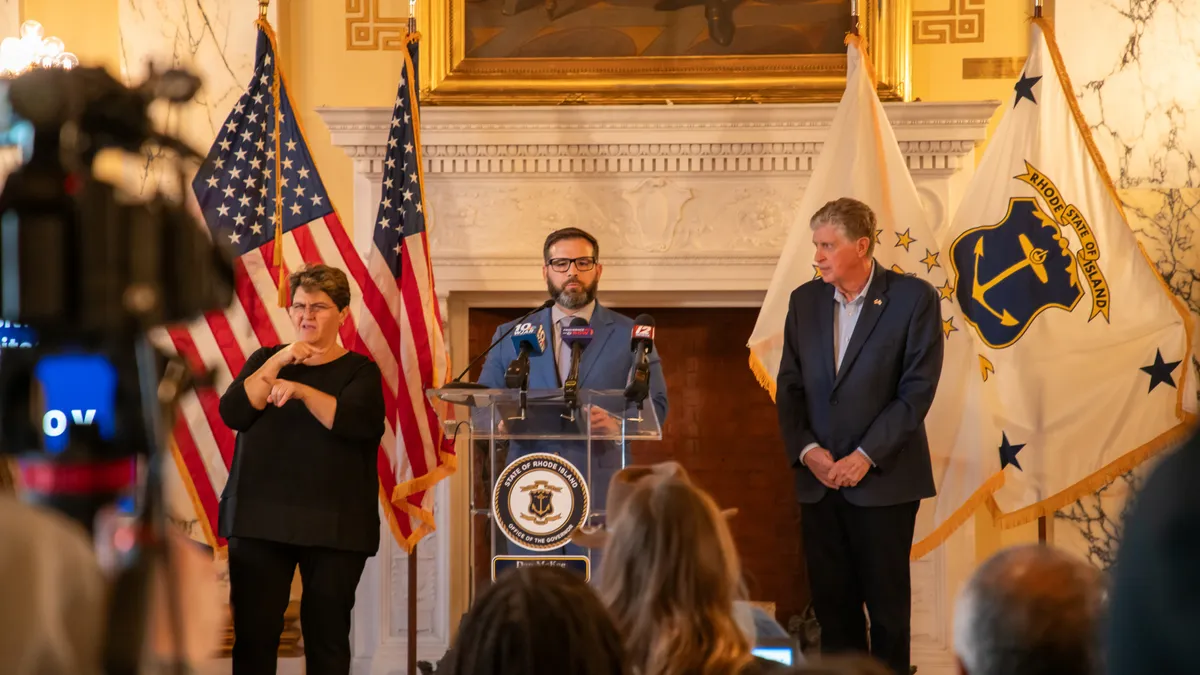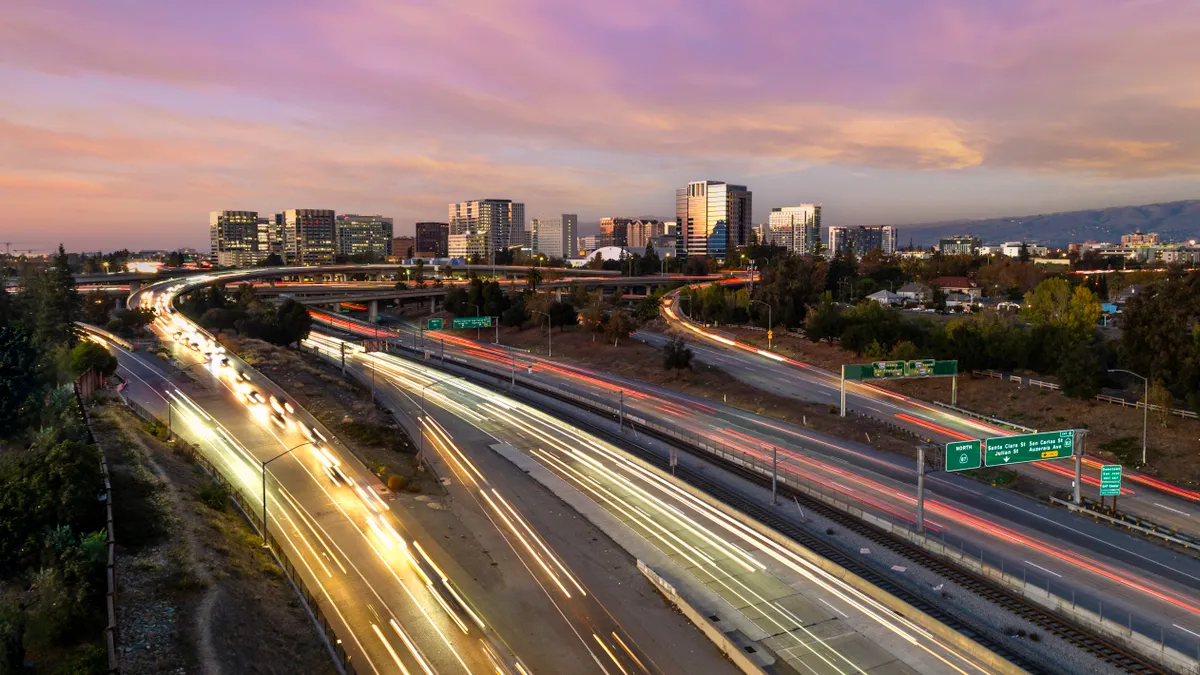Antonio Tijerino is the president and CEO of the Hispanic Heritage Foundation and an issue chair for the HTTP CEO Roundtable.
This year marks the 15th anniversary of Apple introducing the iPhone, a launch that spawned other innovations, time-saving tools, and millions of selfies. The time has gone by in the blink of a camera app. Latinos were early adopters of this new technology, but disparities in access to affordable internet service and computers have created a tech-equity gap limiting educational and economic opportunities and access to health-related services and information for Latino, Black, Indigenous and other communities of color.
The Pew Research Center found that only 65% of Latino adults say they have a home broadband connection, compared with 80% of White respondents. Not surprisingly, this disparity also directly correlates with a family’s household income, with those earning $50,000 or less most often saying they have trouble paying for a broadband connection at home. These effects are compounded for the nearly 4 million Latinos estimated to be living in rural parts of the country, a burgeoning segment of our population.
Addressing these multilayered challenges must be top of mind as state and local governments work to establish digital equity plans that seek to increase broadband access. At HTTP, the national Latino voice in tech and telecommunications policy, we are collaborating with federal, state, and local leaders to promote inclusive public policies that ensure equitable access to broadband and the economic opportunity it provides.
As the federal government prepares a historic $65 billion investment in broadband adoption, we encourage local leaders to leverage those funds to build their internal capacity to develop informed, thoughtful, and culturally relevant strategies to make universal broadband — and educational and workforce equity — a reality.
Meeting the connectivity needs of historically excluded communities will challenge municipalities to develop innovative, open, and flexible strategies that match the diverse needs, terrain, and demographics of the residents they serve. It also requires us as community members, policymakers, and private industry to evolve how we define and encourage broadband deployment so that we can make the most efficient use of our taxpayer dollars to connect as many people as possible, as soon as possible.
For the Latino community, meeting those needs means having a choice of wired and wireless options available at an affordable price. It also means the availability of adoption and digital skills programs, like my organization’s Code as a Second Language effort, that helps underrepresented people develop the skills our youth and adults need to succeed in our 21st-century digital economy.
Over 30 states have passed small cell legislation, which streamlines the deployment of small cells, infrastructure that is critical to next-generation 5G networks. However, many states have yet to take this critical step, leaving a landfill of outdated regulations that consistently stall private investment in broadband infrastructure. We urge leaders in states without harmonized statewide guidelines to use this moment to evaluate their policies and prioritize passing similar legislation that expands consumer choice within their local broadband markets.
Elected leaders and officials can also enhance community connectivity by establishing public-private partnerships for anchor institutions such as libraries, schools, public housing, and fire departments, which are often great locations for rooftop and small-cell antennas. Similarly, to expedite deployment while minimizing construction, municipalities can also use right-of-way infrastructure such as utility poles or streetlights to support 5G small-cell designs that allow for multiple carriers.
Misinformation about the health impacts of mobile infrastructure is derailing the promise of innovation and economic growth from expanded mobile broadband networks. The consensus among international health experts is that radio frequencies emitted from communications antennas at the levels the FCC permits are safe. It is essential that officials dispel 5G myths as they work to expand broadband in their communities.
Having the ability to connect to high-speed broadband at home is synonymous with having economic mobility. Ensuring that the Latino community has a choice of wireless and wired broadband options means we will have greater access to new modes of learning, to health care, and to the ability to prepare for the jobs of today and the future. Most important, we will have the ability to co-create an inclusive tech future where everyone has the opportunity to build, connect and thrive.
Think about it: A 16-year-old Latinx can reach more people in a split second than Gandhi, Cesar Chavez and Martin Luther King Jr. could in their iconic lifetimes combined. Connecting our youth and communities is critical to our country moving forward. As U.S. Federal Communications Commission Chairwoman Jessica Rosenworcel has said, "The future belongs to the connected." It’s critical we connect all of our communities.
As the federal government prepares to make these history-making investments, local leaders should use those funds to ensure thoughtful, culturally-responsive strategies to make universal broadband a reality.
Contributed pieces do not reflect an editorial position by Smart Cities Dive.
Do you have an opinion on a similar issue or another topic Smart Cities Dive is covering? Submit an op-ed.



















